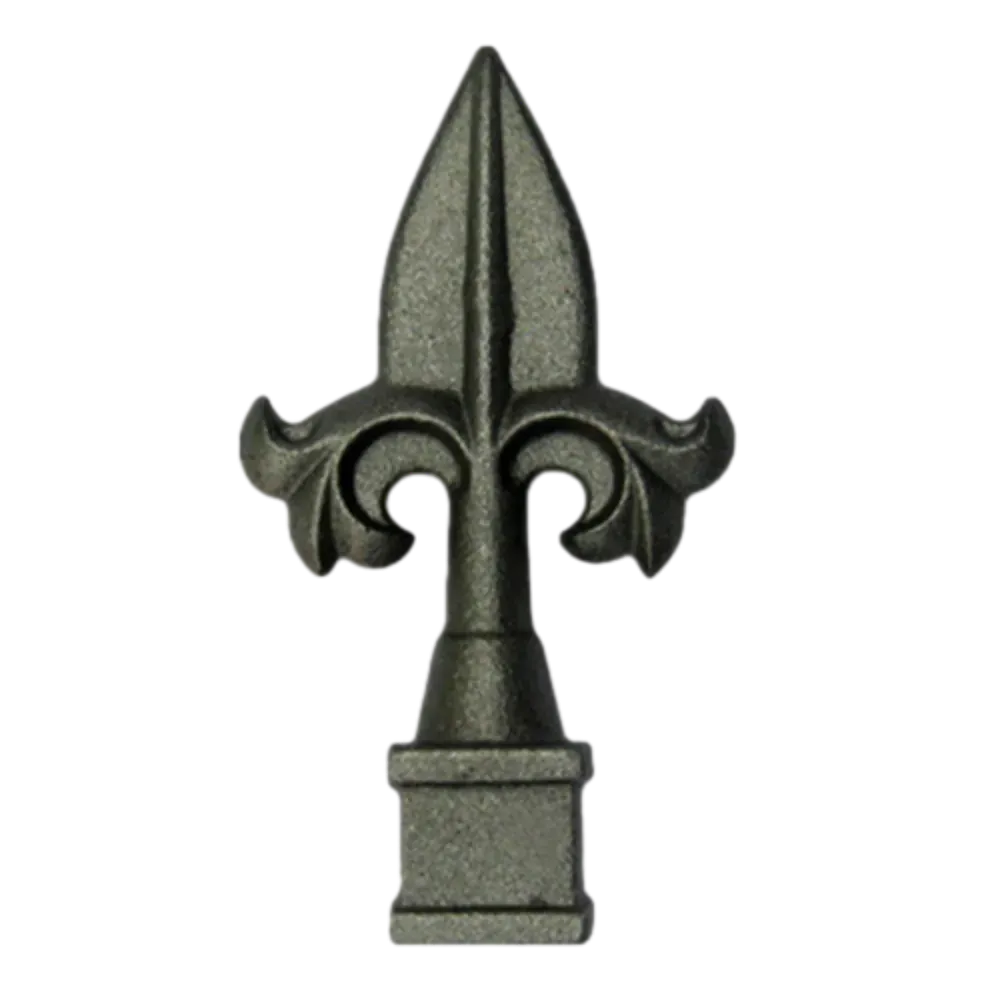Creative Ideas for Stylish Iron Fencing Options for Your Property
The Allure of Iron Fences A Timeless Boundary
Iron fences have long captivated the imagination, serving not just as practical barriers but as symbols of elegance, security, and artistic expression. Their robust design and durable nature make them a popular choice for homeowners and public spaces alike. In this article, we delve into the significance of iron fences, exploring their historical context, aesthetic value, and practical benefits.
A Historical Perspective
The use of iron in fencing dates back centuries, with its origins rooted in ancient civilizations. Early forms of wrought iron were used by the Romans, who employed this sturdy material to protect their estates and public buildings. As societies evolved, so too did the methods and designs of iron fencing. The Industrial Revolution marked a significant turning point, when advancements in metallurgy allowed for mass production and intricate designs. Suddenly, iron fences were not just about security; they became a canvas for artisans to showcase their craftsmanship.
Victorian-era ironwork presented an explosion of creativity, as ornamental details related to flora, fauna, and geometric patterns became more widespread. This period saw the emergence of elaborate hand-forged iron fences that adorned the gardens and mansions of the affluent. These fences were more than just barriers; they were markers of status and taste, signaling wealth and sophistication.
Aesthetic Appeal
Today, iron fences continue to shine as symbols of architectural elegance. Their timeless aesthetic complements a wide range of design styles, from classic to contemporary. The black, sleek finish of powder-coated iron can be found framing charming cottages, modern homes, and grand estates alike. The artistry involved in crafting intricate patterns—whether it’s a simple picket design or a more elaborate wrought iron motif—adds a unique character to any property.
iron fence

Moreover, iron fences can serve functional purposes while enhancing the beauty of a landscape
. They can delineate property lines, provide security for pets and children, and add a sense of enclosure without completely blocking views. With options for customization, homeowners can choose designs that harmonize with their existing architecture or create striking contrasts that make a bold statement.Practical Benefits
In addition to their aesthetic qualities, iron fences offer a multitude of practical benefits. First and foremost, they provide security. The strength of iron makes it nearly impossible for intruders to breach. This physical deterrent is essential for homeowners seeking peace of mind. Furthermore, iron fences require minimal maintenance compared to other materials like wood or PVC, which can warp, rot, or fade over time. A well-constructed iron fence can last for decades, making it a long-term investment.
The environmental impact of iron fences is also worth noting. Compared to synthetic materials, iron is a recyclable resource, contributing to sustainability efforts. When an iron fence reaches the end of its lifespan, it can be melted down and repurposed, making it a more eco-friendly choice for conscientious consumers.
Conclusion
The allure of iron fences lies not only in their durability and security features but also in their rich history and aesthetic versatility. They represent a blend of functionality and artistry, standing as enduring elements in both urban and rural landscapes. Whether enhancing the curb appeal of a quaint home or safeguarding the grand entrance of a sprawling estate, iron fences continue to embody the timeless charm and practicality that have made them a beloved choice across generations.
As trends come and go, the elegance of iron fencing remains unaffected, reminding us of the beauty that can be found in strength and design. For anyone considering a boundary for their property, the iron fence offers an opportunity not just to define space but to create an iconic statement that lasts a lifetime.
-
Wrought Iron Components: Timeless Elegance and Structural StrengthNewsJul.28,2025
-
Window Hardware Essentials: Rollers, Handles, and Locking SolutionsNewsJul.28,2025
-
Small Agricultural Processing Machines: Corn Threshers, Cassava Chippers, Grain Peelers & Chaff CuttersNewsJul.28,2025
-
Sliding Rollers: Smooth, Silent, and Built to LastNewsJul.28,2025
-
Cast Iron Stoves: Timeless Heating with Modern EfficiencyNewsJul.28,2025
-
Cast Iron Pipe and Fitting: Durable, Fire-Resistant Solutions for Plumbing and DrainageNewsJul.28,2025
-
 Wrought Iron Components: Timeless Elegance and Structural StrengthJul-28-2025Wrought Iron Components: Timeless Elegance and Structural Strength
Wrought Iron Components: Timeless Elegance and Structural StrengthJul-28-2025Wrought Iron Components: Timeless Elegance and Structural Strength -
 Window Hardware Essentials: Rollers, Handles, and Locking SolutionsJul-28-2025Window Hardware Essentials: Rollers, Handles, and Locking Solutions
Window Hardware Essentials: Rollers, Handles, and Locking SolutionsJul-28-2025Window Hardware Essentials: Rollers, Handles, and Locking Solutions -
 Small Agricultural Processing Machines: Corn Threshers, Cassava Chippers, Grain Peelers & Chaff CuttersJul-28-2025Small Agricultural Processing Machines: Corn Threshers, Cassava Chippers, Grain Peelers & Chaff Cutters
Small Agricultural Processing Machines: Corn Threshers, Cassava Chippers, Grain Peelers & Chaff CuttersJul-28-2025Small Agricultural Processing Machines: Corn Threshers, Cassava Chippers, Grain Peelers & Chaff Cutters












